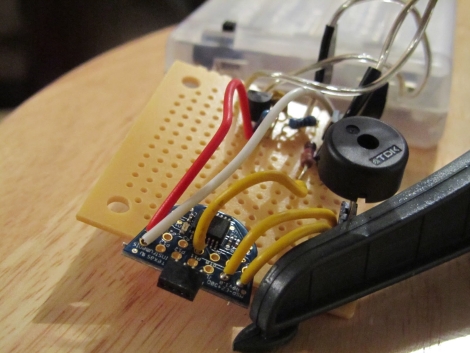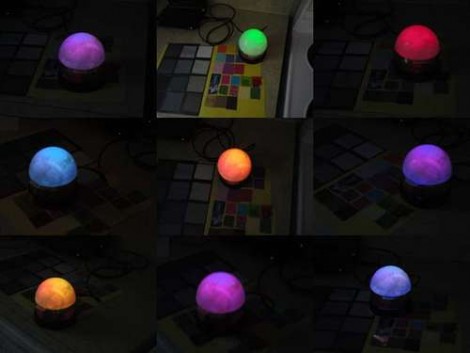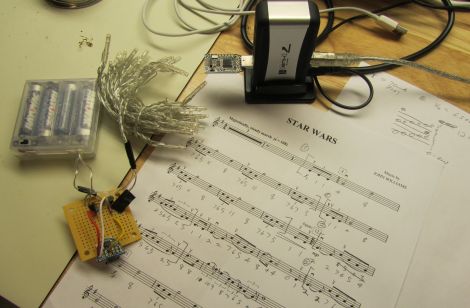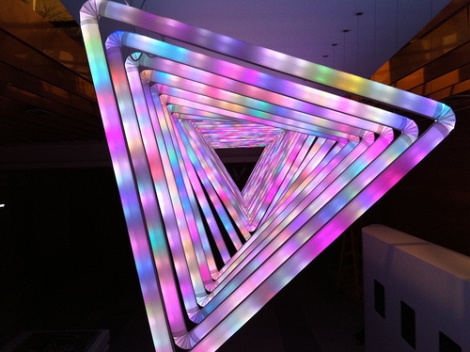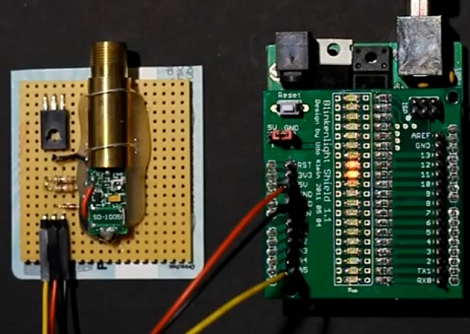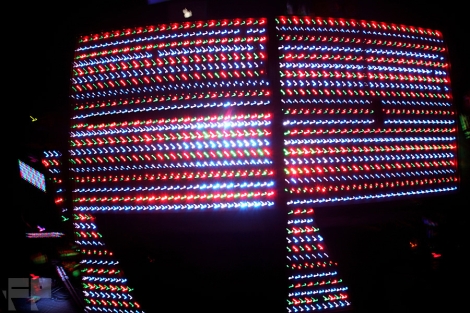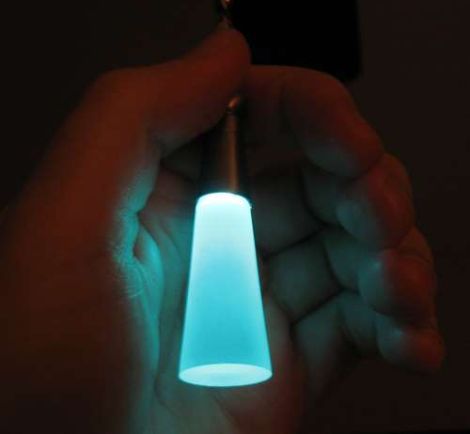
Like many people, [yardleydobon] had a hard time locating his ceiling fan’s pull chain at night when his room is completely dark. Rather than continue to flail around blindly grasping for the chain, he decided to find a way to illuminate it instead.
He started off by disassembling a solar garden light, retaining the solar cell, photoresistor, and batteries. After paring down the electronics to the bare essentials, he mounted them inside a plastic battery storage case which he attached to the outside of the fan’s lamp. [yardleydobon] then ran a pair of wires from the electronics box down to end of the chain, where he added an LED and a translucent pull to diffuse the light.
He admits that it’s not the nicest looking modification around, but it does the job in a pinch. He has some ideas that he may put into play if he has the time to revise the design, and we bet that many of you do as well. If so, be sure to share them in the comments.
Continue reading “Lighted Fan Pull Saves You From Flailing Around In The Dark”

